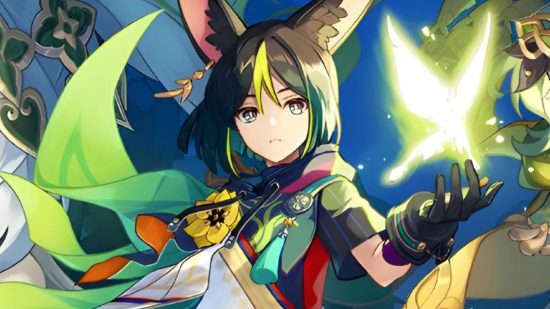
In the rapidly evolving realm of 3D animation, mastering environment creation is paramount.
This comprehensive guide will illuminate the key steps, from conceptual design to overcoming common challenges.
Providing insights into the vital tools, techniques, and strategies, it will help you enhance realism, effectively utilize lighting and texturing, and navigate the landscape of 3D animation with ease.
Let's delve into the innovative world of 3D environment creation, and elevate your animation skills to unprecedented heights.
Understanding the Basics of Environment Creation in 3D Animation
Diving into the fundamentals of environment creation in 3D animation, it is crucial to comprehend the role of a common noun, the 'environment', serving as the backdrop against which the animated narrative unfolds.
The environment is more than just a setting; it is a dynamic entity that interacts with characters and influences the storyline. This is where the concept of Animation Physics comes into play. It refers to the realistic representation of natural laws in the animated world, which adds believability and aids in Character Integration.
The environment and characters should not exist independently but should be integrated seamlessly to create a coherent, immersive world. Understanding these principles is a key step towards mastering 3D animation environment creation.

The Importance of a Comprehensive Design Concept
A comprehensive design concept is a crucial cornerstone in the process of creating 3D animations. Its development process, while often complex and intricate, substantially influences the overall quality of the animation project, impacting every aspect from aesthetics to functionality.
However, it is important to acknowledge and address the challenges faced during the conceptualization phase, ensuring a robust and effective design framework.
Concept Development Process
How does the comprehensive design concept play an instrumental role in the concept development process of 3D environment creation?
It provides a robust framework for the accurate and creative translation of ideas into visual forms.
The process begins with sketching elements, an essential step that captures the essence of the environment and forms the foundation of the design.
Drawing influences from storytelling, these sketches embody the narrative, setting the tone and mood of the animation. They allow for experimentation, fostering innovation in design.
This is followed by iterations and refinements until the design concept is fully evolved.
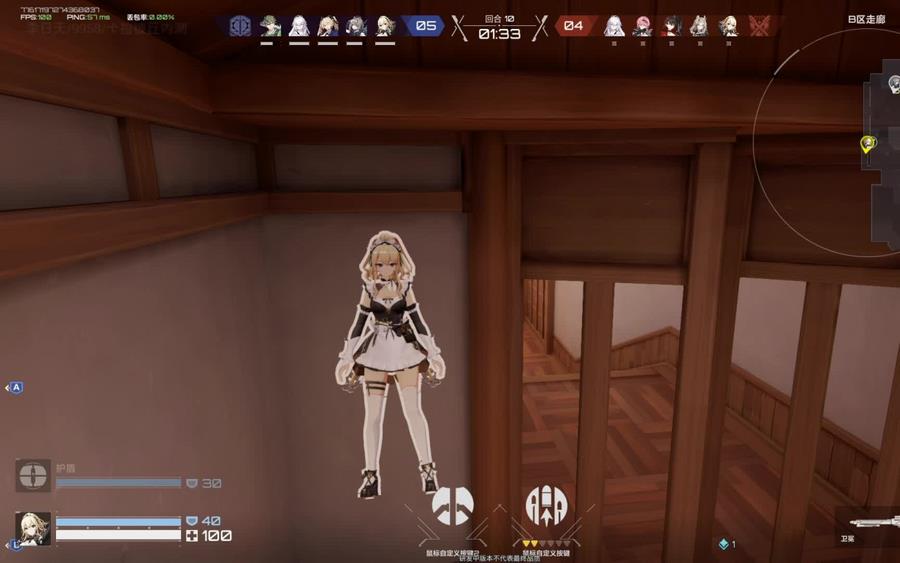
Consequently, a comprehensive design concept not only guides the development process but also ensures a cohesive, compelling, and immersive 3D environment.
Influence on Animation Quality
Understanding the critical role of a comprehensive design concept illuminates its profound impact on the overall quality of 3D animation. A robust design concept ensures that the animation aligns with current animation trends and meets quality metrics.
Animation trends: By studying and incorporating current trends, animators can create designs that resonate with audiences. As trends change, the design concept must adapt, ensuring the animation remains relevant.
Quality metrics: These provide a standardized measure for evaluating animation. A comprehensive design concept takes these metrics into account, ensuring high-quality output.
Innovation: A well-developed concept allows for innovation. It provides a structured framework within which animators can explore and push boundaries, leading to unique, engaging animations.
Thus, a comprehensive design concept significantly influences animation quality by keeping it relevant, high-quality, and innovative.
Design Concept Challenges
Despite its importance, animators often grapple with the challenge of coming up with a comprehensive design concept that encapsulates all the necessary elements to create a compelling 3D environment. Mastering the design aesthetics is critical, yet the conceptual pitfalls are numerous and can often lead to an environment lacking in depth and credibility.
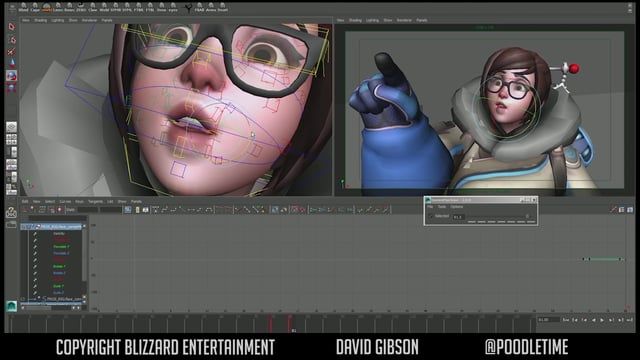
A successful concept should seamlessly integrate visual elements with the narrative, character development, and pacing of the animation. Overcoming these challenges requires a deep understanding of the medium's potential and limitations, a creative mindset open to innovative ideas, and a rigorous iterative process that tests and refines every element of the design.
The importance of a comprehensive design concept in 3D animation cannot be overstated.
In the realm of 3D animation, the selection of the appropriate software is a vital initial step in environment creation. It is crucial to fully comprehend the functionality of the tools within the selected software, as their effective usage can significantly impact the quality of the finished product.
The ensuing discussion will explore these key points, providing a comprehensive understanding of the integral role of tools and software in 3D Environment Creation.
Choosing Right 3D Software
Before venturing into the process of 3D environment creation, it is essential to spend time selecting the right 3D software that will suit your specific needs and skill level. The software selection process can be daunting, given the myriad of options available; hence, it is crucial to understand your project requirements and budget constraints.
Consider the software's learning curve. Some 3D software tools have a steep learning curve, which might not be suitable for beginners.
Evaluate the software's capabilities. Can it create the complex environments you envision?
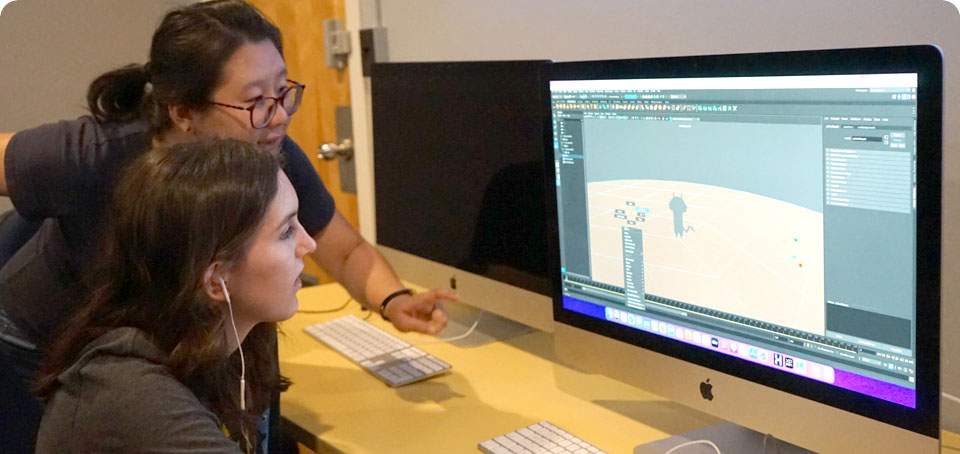
Assess the financial aspect. Your budget will play a significant role in your choice of software.
Choosing the right software is a delicate balance of these factors. The correct choice will provide the necessary tools to explore, innovate, and create outstanding 3D environments.
A comprehensive understanding of a myriad of tools and their functionalities is integral to the effective creation of 3D environments. Tool selection is crucial in achieving the desired outcome, and Functionality Exploration enables you to harness the full potential of these tools.
Software applications like Blender, Autodesk Maya, and 3ds Max offer an extensive range of tools specifically designed for 3D environment creation. These tools have unique functionalities that can be explored and mastered to create detailed and realistic environments. For instance, sculpting tools are essential for shaping terrain, while lighting tools help set the mood and atmosphere.
Understanding tool functionality is not just about knowing what each tool does, but also about strategizing on how to combine their uses to create compelling 3D environments.
Software's Impact on Quality
Seventy percent of the quality in 3D environment creation is determined by the choice of software and how efficiently its tools are utilized. Software limitations can restrict the animation aesthetics, hindering the realization of the envisioned design.
Customizability: Top-tier software offers an array of customizable features, allowing artists to tweak every detail to match their vision.
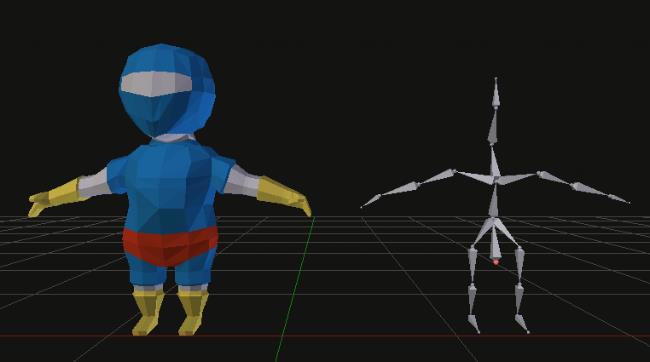
Tool Efficiency: A software's toolset greatly affects the quality of the output. An efficient toolset can enhance the workflow, enabling artists to produce high fidelity environments.
Compatibility: The ability to seamlessly integrate with other software or plugins is a vital aspect, it opens up possibilities for enhancing animation aesthetics.
The choice of software is instrumental in defining the quality of the 3D environment. It provides the framework within which artists sculpt their designs.
Step-by-Step Process of Building a 3D Animation Environment
Creating an immersive 3D animation environment requires numerous intricate steps, each of which contributes significantly to the overall visual experience. The process begins with the conceptualization of the environment, which includes sketching and developing a blueprint of the landscape. Incorporating animation techniques, such as modeling, texturing, and lighting, brings the environment to life.
The next critical step is asset management. This involves organizing and managing all resources needed for the animation project, including 3D models, textures, and sounds. It's essential to maintain a well-structured database to ensure efficient workflow.
The final step is rendering, where the computer generates a 2D image or animation from the scene. The process of building a 3D animation environment is complex but rewarding, resulting in a captivating, immersive experience.
Navigating Through Common Obstacles in 3D Animation
In the pursuit of mastering 3D animation, professionals often encounter a variety of challenges that require strategic navigation through and around to ensure the successful creation of their envisioned environment.
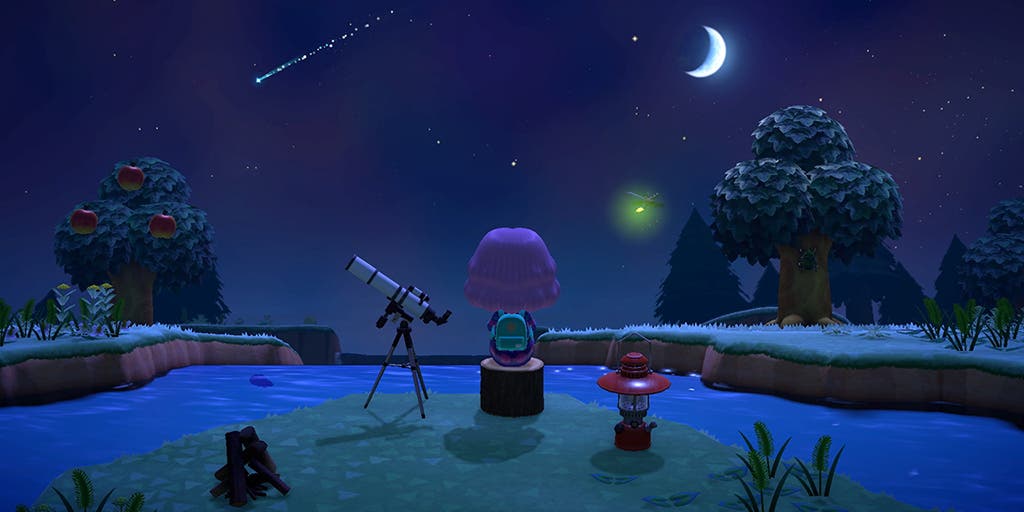
This journey often involves confronting and overcoming common obstacles such as:
Handling Feedback Criticisms: This is crucial in refining a project, but it can be overwhelming. It's essential to constructively utilize the feedback, differentiating between constructive criticism and personal preference.
Animation Timeline Management: Balancing the intricacies of a detailed animation within a set timeframe can prove challenging. Effective project management strategies are vital to ensure timely completion without compromising on quality.
Technological Limitations: Handling the technological constraints of software and hardware in a rapidly evolving industry is another hurdle. Staying updated with the latest innovations can help in overcoming this barrier.
Essential Tips for Enhancing Realism in Your 3D Environment
To achieve an optimum level of realism in a 3D environment, a thorough understanding of light and shadow, along with an aptitude for texture and detail, is imperative.
Material selection plays a crucial role in this regard. The choice of materials should reflect the real-world counterparts, taking into account factors like texture, reflectivity, and color.
Furthermore, atmospheric effects such as fog, mist, or sunlight can dramatically impact the perception of realism. These effects can alter the environment's lighting and coloration, introducing an extra layer of depth and realism.

Seamless integration of these aspects can enhance the believability of your 3D animation, transporting the audience into the envisioned world.
With continuous exploration and experimentation in these areas, one can truly master the art of creating realistic 3D environments.
The Role of Lighting and Texturing in 3D Animation
Both lighting and texturing play critical roles in 3D animation. They contribute not only to the aesthetic appeal but also to the overall believability of the created environment. They work in harmony to create depth, define form, and enhance mood. This makes the environment more immersive and realistic.
Lighting techniques involve the strategic placement and manipulation of light sources within the environment. It includes ambient, directional, point, and spot lighting. Each of these lighting techniques contributes unique effects and shadows to enhance spatial understanding and mood.
Texture applications refer to the process of applying surface details for a more realistic representation. This includes procedural, bitmap, and hybrid texturing. Each of these texture applications offers different levels of detail and complexity.
When optimally combined, lighting and texturing can create exceptional visual narratives. They can turn simple models into captivating and believable 3D environments.
Case Study: Overcoming Challenges in 3D Environment Creation
Several challenges often arise during the creation of 3D environments, and this section will delve into a case study that details how these issues can be identified and effectively overcome.
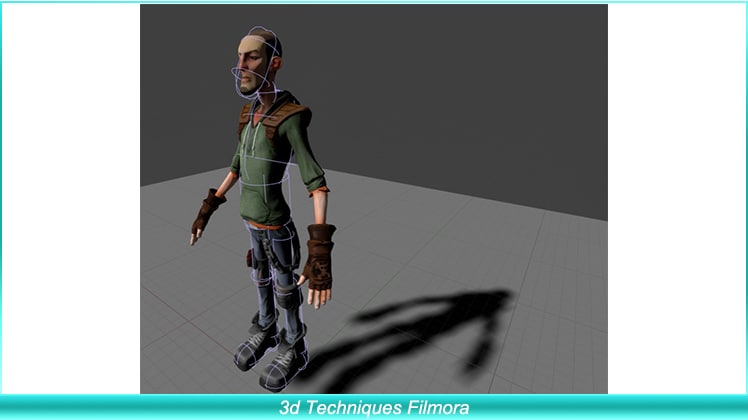
One central issue encountered was adapting to technology upgrades; the team needed to consistently update their skills and knowledge to keep pace with evolving software and hardware. This was addressed by prioritizing continuous learning and encouraging a culture of embracing innovation.
Implementing feedback loops also presented a challenge, demanding a fine balance between incorporating constructive criticism and maintaining the original design intent. The solution lay in developing robust communication channels and fostering an open mindset towards feedback.
This case study exemplifies the importance of adaptability and communication in overcoming challenges in 3D environment creation.
Frequently Asked Questions
What Are the Career Prospects for a 3D Environment Creator in the Animation Industry?
The career prospects for a 3D environment creator in the animation industry are extensive, including freelance opportunities and virtual reality design. The field's continual innovation opens doors for diverse and exciting professional paths.
How Long Does It Typically Take to Become Proficient in 3D Environment Creation?
Proficiency in 3D environment creation largely depends on one's software preferences and time management skills. Generally, with consistent practice, a comprehensive understanding can be achieved in around 1-2 years of dedicated study.
How Do the Skills for 3D Environment Creation Differ From Those Needed for Character Animation?
3D environment creation demands proficiency in software selection and understanding of lighting impact, differing from character animation which requires mastery of motion dynamics and character rigging for believable, innovative character movement.
Can You Recommend Any Online Courses or Resources for Further Learning About 3D Environment Creation?
Yes, Coursera and Udemy offer comprehensive courses on 3D environment creation. They explore software preferences and the influence of virtual reality on design. Additional resources include Autodesk forums and the book "3D Art Essentials".

Which Companies Are Leading in the 3D Animation Industry and Are Known for Their Environment Creation?
Leading companies in the 3D animation industry renowned for their environment creation include Pixar, DreamWorks Animation, and Industrial Light & Magic. Their latest advancements in 3D technologies significantly impact the film industry.
 Digital Art InstructionDIY Infographics DesignMobile Game ArtworkPersonalized Logo Design3D AnimationeBook Covers DesignPrivacy PolicyTerms And Conditions
Digital Art InstructionDIY Infographics DesignMobile Game ArtworkPersonalized Logo Design3D AnimationeBook Covers DesignPrivacy PolicyTerms And Conditions
